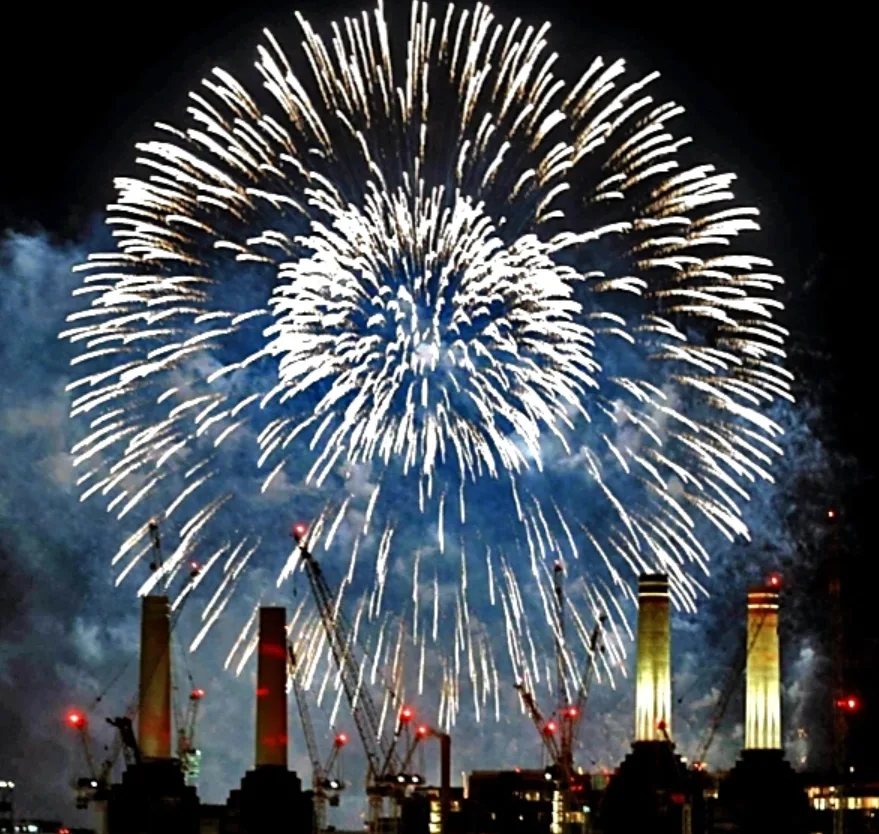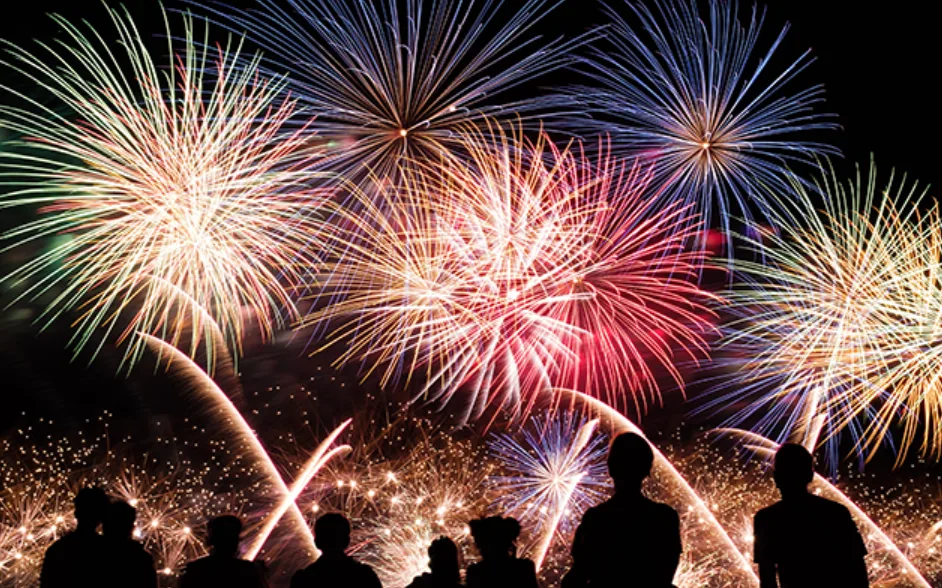The sudden, violent illumination of the nocturnal expanse by chemical combustion is an event that has, across centuries and civilizations, captivated human attention and served as a powerful signifier of festivity and commemoration.
The firework, in its manifold configurations, is more than a mere explosive device; it is a meticulously engineered instrument of ephemeral, dazzling beauty, a transient demonstration of advanced chemistry harnessed for aesthetic purpose. An examination of its historical development and technical composition reveals a complex interplay between scientific rigor and artistic expression.
The genesis of pyrotechnics is conventionally traced to medieval China, where the accidental discovery of black powder—a stoichiometric mixture primarily comprising potassium nitrate (saltpeter), charcoal, and sulfur—formed the indispensable foundation of all subsequent developments. Initially employed for military applications, the powder's potential for generating stunning visual and auditory effects was soon realized. Through a methodical process of experimentation and refinement, artisans transitioned from simple exploding firecrackers to the intricate, multi-staged aerial shell, establishing the fundamental principles of pyrotechnic display.
The transmission of this technology to the West, primarily via the Silk Road and subsequently through Arab intermediaries, facilitated its integration into European courtly celebrations and military pageantry by the late Middle Ages.
The contemporary aerial firework, a device of remarkable complexity, is essentially a miniature self-propelled ballistic vehicle designed to execute a precise, delayed fragmentation at a predetermined altitude.
The principal component is the aerial shell, a meticulously constructed sphere or cylinder fashioned from durable materials like paper or plastic. Within this casing reside several crucial elements: the burst charge (the propellant that fragments the shell), the stars (small pellets containing the specialized pyrotechnic composition for color and effect), and the timing fuse (which initiates the burst charge at apogee).
The chromatic spectrum displayed in a pyrotechnic performance is a direct consequence of the thermal emission properties of various metallic salts.
This is perhaps the most captivating aspect of the display, transforming simple combustion into vibrant artistry. For instance, the deep crimson hues are reliably achieved by incorporating strontium salts (e.g., strontium carbonate), while the vivid greens depend upon barium salts (e.g., barium chloride). Blue, historically the most challenging pigment to produce stably, is typically derived from copper compounds (e.g., copper(I) chloride). The brilliant white streamers and crackles are often attributable to high-temperature combustion involving metals such as magnesium or aluminum, which also contribute significantly to the acoustic report of the explosion.
Beyond the fundamental aerial shell, pyrotechnic displays employ a comprehensive taxonomy of effects.
The peony and chrysanthemum shells—named for their resemblance to the floral forms—are ubiquitous, differing primarily in the presence or absence of a visual "tail" left by the burning stars. More exotic formations include the willow, which features long-burning, cascading silver or gold stars that trail downward, and the crossette, where individual stars split into several smaller stars, creating a geometric latticework in the firmament. The synchronized detonation of barrages or cakes—multi-shot devices linked by a single continuous fuse—is instrumental in building the dramatic momentum that culminates in the grand finale, a structured, intense discharge of multiple effects.
The enduring fascination with this spectacle is rooted deeply in the human psyche.
The firework display serves as a profound collective experience, a temporary suspension of quotidian reality that commands universal attention. The simultaneous sensory assault—the deafening salute, the pungent effluvium of spent gunpowder, and the overwhelming visual torrent—induces an instinctive, visceral reaction of awe. Furthermore, the transient nature of the display, the knowledge that each magnificent burst is irretrievably fleeting, amplifies its perceived beauty and significance. It functions as a powerful metaphor for celebratory moments themselves: brilliant, intense, and destined for immediate memory.
In conclusion, the firework is a sophisticated, multidisciplinary construct. It embodies a convergence of chemical principles, precise engineering, and artistic choreography. Far from being a mere noisy exhibition, a professional pyrotechnic display is a rigorous technical accomplishment, a carefully orchestrated ballet of light and sound that continues to affirm humanity’s capacity to transform basic physical elements into moments of profound, shared splendor.






